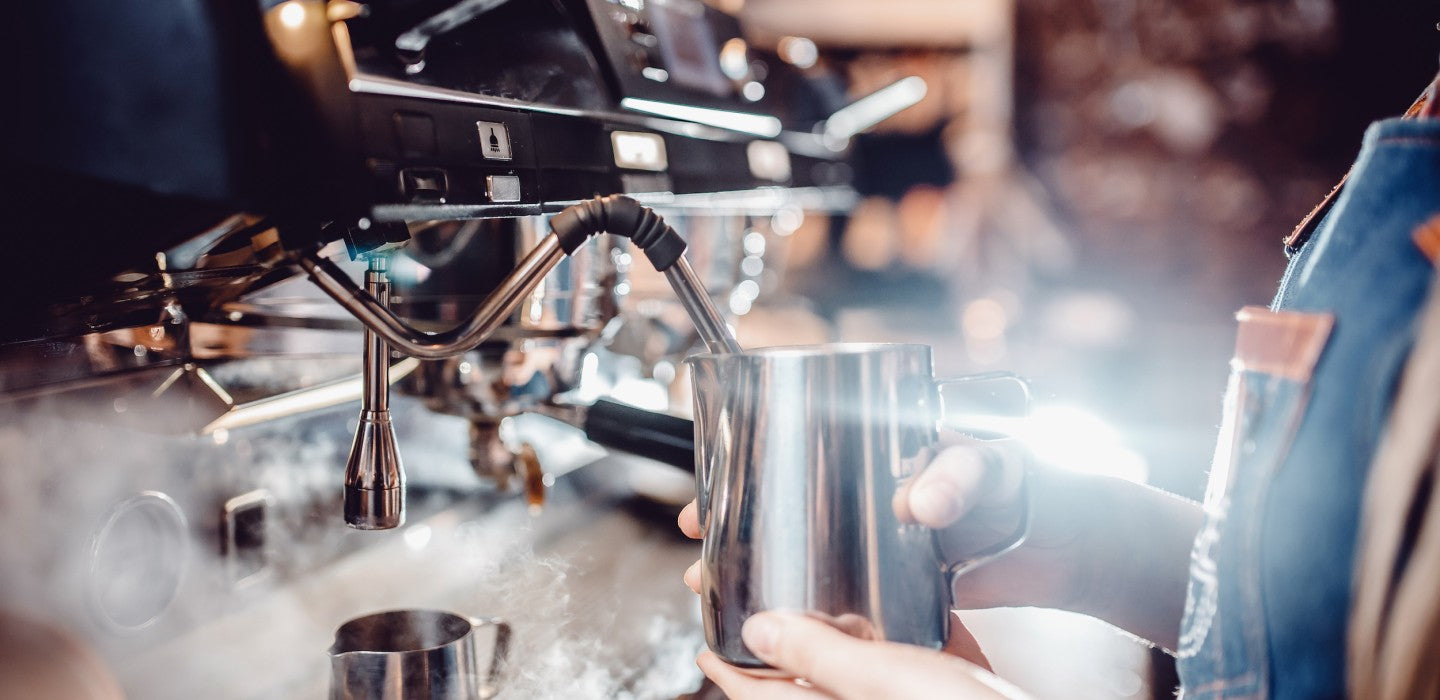The Effect of Steam Pressure in Coffee Making
Discover the fascinating mechanics behind your perfect cup of java, where a particular physical phenomenon plays an essential role: steam pressure. In this comprehensive guide, we delve into the ins and outs of steam pressure, how it's created, its role in brewing coffee, and why it holds such significance. Our aim is to enrich your future coffee-making exploits and deepen your understanding of this ever-popular beverage.
Steam Pressure: A Primer
Steam pressure refers to the pressure exerted by saturated steam. In simple terms, it’s the pressure within a closed container where the steam balances its liquid or solid phase. Essentially, it highlights the tendency of a substance to transform into the gas phase. The measure of steam pressure rises with increasing temperature and varies from substance substance.
For coffee connoisseurs and baristas alike, understanding and manipulating steam pressure is the key to achieving creamy frothed milk – an indispensable component of many beloved coffee varieties. Not just that, steam pressure also underpins the operation of certain coffee machines.
The Magic Behind the Milky Froth: Understanding How Steam Pressure Makes Milk Froth
Many coffee machines come fitted with a nozzle that uses steam pressure to create frothy milk. Most operate with around one bar of steam pressure. The froth – essential for coffee styles like lattes and cappuccinos – is created when the milk mixes with air due to steam pressure. This process causes the proteins and fats in the milk to whirl around and form structures that encapsulate tiny air bubbles.
Simultaneously, other like the milk's fat content and temperature significantly influence the quality of the froth. A higher-fat milk, for instance, yields creamier froth as it allows more fats to form froth-forming structures. Moreover, the milk's optimal temperature ensures the proteins don’t curdle too early in the process.
The Making of Coffee: How Do Steam-Pressure Coffee Makers Work?
Steam-pressure coffee machines feature a cylindrical, pressure-proof water container filled via an opening, which then is sealed with a screw cap. At the bottom of the unit lies a heating element. Beside the water container, there’s a brewing group, where hot water passes and the portafilter with coffee grounds is inserted.
As the temperature increases, so does the pressure inside the water container. The steam pressure forces the water up a riser tube and evenly disperses it over the coffee through the brewing head. The water then filters through the coffee grounds, collects in the coffee pot or cup below, and is ready to serve.
The Impact of Steam Pressure on Coffee Quality
Steam pressure has a direct bearing on your coffee's taste – a coffee brewed in high altitudes like on a mountaintop, will differ in taste from one made at sea level. This is because the atmospheric pressure at higher altitudes is lower, affecting the surface pressure needed for boiling water. The water consequently reaches its boiling point at a lower temperature, altering the flavour profile of the coffee.
The Final Takeaway: Brewing the Perfect Cup
In a world where coffee consumption is a ubiquitous aspect of life, knowing how to brew a cup to perfection is a gratifying skill. Understanding the interplay between steam pressure, coffee grounds, and milk fats and proteins offers a comprehensive view of coffee-making science. By managing these aspects attentively, one can attain the perfect coffee taste, foam and all, every time.
The best bit? The procuring and crafting of a coffee beverage can be as much of a sensory as the act of drinking itself, with the richness of smell, sight, and sensation. The complexity that lies behind a simple cup of coffee is a testament to the breadth of human ingenuity, curiosity, and chase for flavour. And steam pressure is an integral force in this exciting process, not just in brewing the perfect coffee, but in making the coffee-drinking affair a whole event in itself.
Equated with comfort, creativity, and companionship, coffee sits at the heart of numerous shared moments, works of art, and defined coffee cultures across the globe. Knowing every step of the journey, from bean to cup, is what turns a regular cup of joe into an experience. From the intricate mechanics of brewing to the chemistry behind the perfect milk froth, coffee making is as much science as it is an art. And within this intersection lies the true journey of coffee – a journey of knowledge, exploration, and above all, taste.


Leave a comment
This site is protected by hCaptcha and the hCaptcha Privacy Policy and Terms of Service apply.